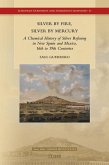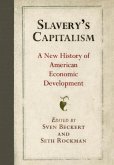By 1865 the American West had been thoroughly explored, but the knowledge obtained was by no means comprehensive. Though Americans generally agreed that the West was full of opportunities, exactly what those opportunities were and how they might best be exploited was not completely clear. Agriculture as it was then practiced was unsuitable for the rugged mountains and arid plains. Mining success depended upon identifying mineral deposits and developing effective means of extracting them. Science could contribute to answering these questions, but at the time there were no bureaus or agencies that could apply scientific expertise to these challenges. Ferdinand V. Hayden helped fill this gap beginning with his 1867 survey of Nebraska. The story of this and later Hayden expeditions illustrates the evolving relationship of government patronage and science in Gilded Age America. By sheer force of personality and persistence, Hayden succeeded in selling the federal government something it was not at all sure it wanted: science. In the process he created a secure niche for several branches of science within the federal bureaucracy. He was the one person most responsible for the creation of the United States Geological Survey as a civilian bureau. Most importantly, Hayden's surveys led to the production of detailed topographic maps and inspired -- for good or ill -- the intensive development of the West's resources.
Hinweis: Dieser Artikel kann nur an eine deutsche Lieferadresse ausgeliefert werden.
Hinweis: Dieser Artikel kann nur an eine deutsche Lieferadresse ausgeliefert werden.








